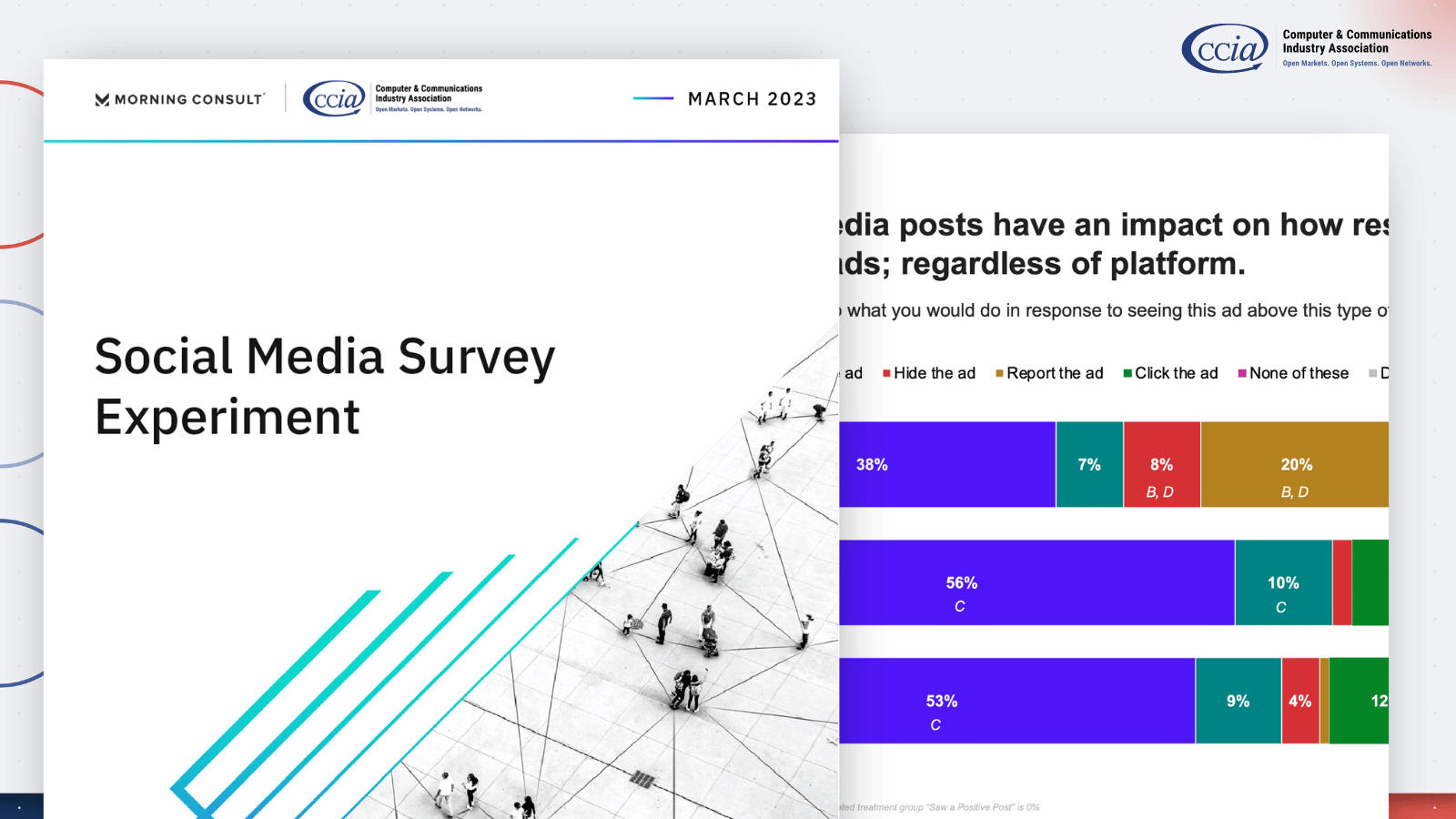Motherless Repairs Some of Mavrix Damage
Last week, in Ventura Content v. Motherless, the U.S. Court of Appeals for the Ninth Circuit issued a decision making clear that monitoring a site for infringing content did not strip a website operator of its protection under the Digital Millennium Copyright Act (“DMCA”). In so doing, the Ninth Circuit undid some of the damage inflicted by its decision last year in Mavrix v. LiveJournal.
Motherless operates a website (Motherless.com) that hosts pornographic material uploaded by users. Lange, the owner of Motherless, or a contractor, quickly reviewed each image or video to make sure it did not contain child pornography, bestiality, or copyright infringement. Not only did Motherless remove content when it received a notice claiming infringement, it also provided copyright owners with software tools to remove allegedly infringing material themselves, without sending a notice. Furthermore, Motherless used software to prevent users from re-uploading deleted material.
Ventura produces pornographic films. It claims that segments from 33 of its films were uploaded to the Motherless website. Rather than send takedown notices, it sued for infringement. Lange promptly removed the segments identified by Ventura in its lawsuit, and claimed that the DMCA sheltered him from damages. The district court granted Motherless’s motion for summary judgment.
Storage at the Direction of a User
On appeal, Ventura argued that Motherless did not qualify for the DMCA’s protection. In particular, Ventura contended that because Lange screened out illegal material, the material that appeared on the site was not stored on the site “at the direction of a user,” as required by the DMCA. In rejecting this argument, the Ninth Circuit distinguished its decision last year in Mavrix v. Live Journal.
The Ninth Circuit ruled in Mavrix that by virtue of Mavrix’s use of moderators to filter out material inappropriate to its celebrity news site, there was a genuine issue of fact as to whether the storage of material on the site was at the direction of the Mavrix or at the direction of the website users. The Motherless court stressed that the moderators in Mavrix reviewed user submissions for substance, allowing the uploading only of submissions that were “new and exciting celebrity news.” In contrast, Lange and his contractors did not review “whether the pornography submitted by users is ‘new and exciting’ or meets any other discretionary standards. The Motherless rule is ‘anything legal stays.’”
In support of its support of its conclusion that filtering illegal material did not deprive a website of the DMCA’s protection, the court interpreted 17 U.S.C. § 512(m)(1) in an expansive manner. Section 512(m), captioned “Protection of Privacy,” provides that the DMCA’s safe harbors shall not be conditioned on “a service provider monitoring its service or affirmatively seeking facts indicating infringing activity….” In other words, monitoring is not a condition of qualifying for the DMCA’s safe harbors.
The Motherless court, however, interpreted section 512(m)(1) to mean that “the law should not be construed to eliminate the safe harbor because a service provider monitors for infringement or disables access to material where the conduct is prohibited by law.” That is, one does not lose the DMCA’s protection by virtue of monitoring. The Ninth Circuit explained that “we find it counterintuitive, to put it mildly, that Congress intended to deprive a website of the safe harbor because it screened out child pornography and bestiality rather than displaying it.” Accordingly, “we read section 512(m) to say that Congress expressly provided that such screening does not deprive a website of safe harbor protection.”
Interestingly, the Mavrix court read section 512(m)(1) is a similarly expansive manner when it stated that “§ 512(m) of the DMCA provides that no liability will arise from ‘a service provider monitoring its service or affirmatively seeking facts indicating infringing activity.’” The Mavrix court likewise suggested that screening for “other harmful material like pornography” would be permissible.
To be sure, the Motherless court reinforces Mavrix’s holding that editorial judgment other than eliminating illegal or otherwise harmful material could indicate that the content is no longer stored at the direction of the user. The court observes that “perhaps if Lange’s site were flooded with pictures and videos of kittens playing with yarn, he would change his rule and exercise judgment about whether the material was pornographic enough to host, but that is speculation.” This analysis differs from the Fourth Circuit’s CoStar v. LoopNet, which permitted a real estate website operator to review user uploaded photographs to make sure they were of real estate.
Nonetheless, the Motherless decision is helpful in that it makes clear that filtering illegal material does not disqualify a website from the DMCA safe harbor. Moreover, the decision notes that “our sister circuits agree with the critical point that ‘storage at the direction of a user’ affords safe harbor protection to sites where users can look at other users’ uploads,” and not just to content they uploaded themselves to electronic storage lockers. Further, the opinion makes clear that highlighting the most popular material does not render the storage at the direction of the website operator.
Other DMCA Requirements
The rest of the opinion is straightforward. The court dismissed Ventura’s argument that the high quality of its videos should have tipped Motherless off that the content on its site was infringing; “amateurs often do professional quality work in artistic endeavors.” Moreover, “digital cameras have become so good and so easy to use that even home movies of children’s birthday parties can look professionally done.” This certainly is not a sentiment professional photographers and cinematographers want to hear. In any event, many of Ventura’s clips included shaky camera footage and poor lighting — what the court calls “apparent amateurism” which “may be a skilled professional means of giving them an appearance of authenticity.” The court found that “nothing about their professionalism would inform Motherless that they were infringing.”
The Ninth Circuit articulated an unambiguously high standard concerning “red flag” knowledge: “even if it were obvious to a reasonable person that some of the material on the site must be infringing, that is not enough to lose the safe harbor. It must be obvious that the particular material that is the subject of the claim is infringing.” That standard was not met here.
With respect to the “right and ability to control the infringing activity,” the court followed its precedents in UMG v. Shelter Capital and Columbia Pictures v. Fung that more is required than the ability to remove or block access to content posted on the service provider’s website. The service provider must be able to “exert substantial influence on its users’ activities.” That did not occur here. Motherless did not tell its users what to upload; it welcomed users to “a moral free zone where anything legal stays.” It did not curate the content, nor did it reject unpopular groups. Additionally, the court found that rewarding uploaders of the most popular content did not constitute encouragement of the uploading of infringing content.
The court also imposed a high standard with respect to the prohibition on receiving “a financial benefit directly attributable to the infringing activity.” The court interpreted this provision to mean that “some revenue has to be distinctly attributable to infringing material at issue.” Here, there was no evidence that Motherless made any money directly from the Ventra clips.
Finally, the court found that Motherless had adopted and reasonably implemented a policy for terminating the accounts of repeat infringers. The panel was not troubled by the fact that Motherless did not have a written repeat infringer policy because Lange himself made all the determinations relating to infringing content. The court reasoned that “small operations in many industries often do not have written policies because the owners who would formulate the policies are also the ones who execute it.” While “a company might need a written policy to tell its employees or independent contractors what to do if there were a significant number of them, … Motherless is not such a firm.”
Judge Rawlinson, in a dissenting opinion, thought this was ridiculous. Not only did Motherless have no written policy, but Lange kept no log of takedown notices, so he had no easy way of determining who was a repeat infringer. The panel, however, responded that Ventura failed to introduce evidence of a significant number of repeat infringers who escaped termination. Nonetheless, even small websites would be well advised to maintain a written repeat infringer policy, as well as a log of takedown notices.
In sum, the Motherless decision makes clear that moderating a site for illegal content will not cause the site to lose its DMCA safe harbor. At the same time, at least in the Ninth Circuit, other editorial determinations may jeopardize the statute’s protection.








